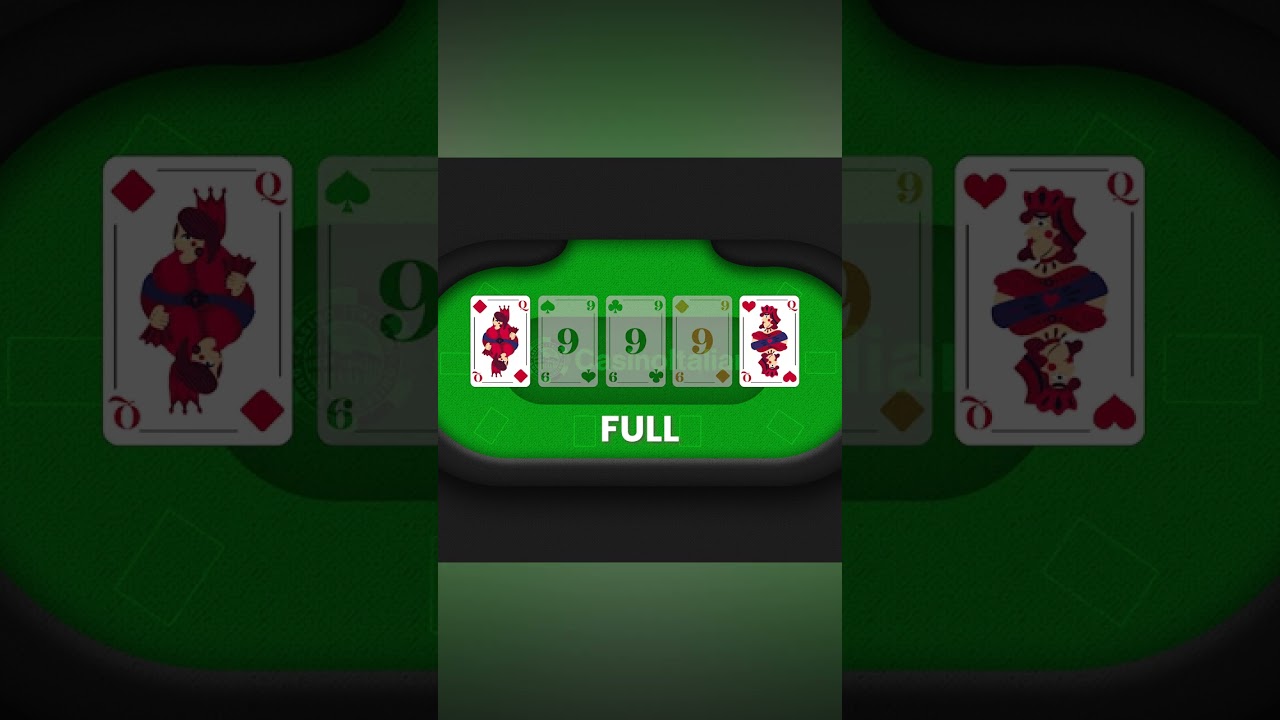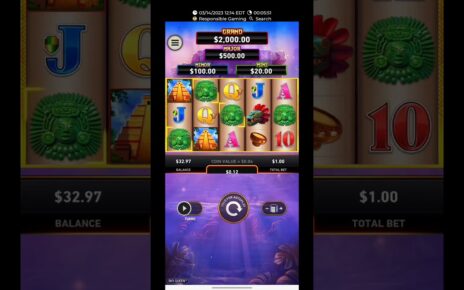The $1200 Swing: Splitting 7s in Blackjack
Blackjack is a casino staple, and the strategies surrounding the game can often be the difference between walking away a winner or leaving a table empty-handed. One intriguing aspect of blackjack strategy is the decision-making process when it comes to splitting pairs, particularly 7s. In this article, we’ll explore a hypothetical scenario involving a $1200 swing while splitting 7s, and how this decision can affect your overall blackjack experience.
Understanding the Basics: What is Splitting?
In blackjack, splitting occurs when a player has two cards of the same rank. They can split these into two separate hands, usually placing an additional bet equal to their original wager. This strategy can potentially double your winnings if played correctly. However, it also comes with risks, and the outcome hinges significantly on the player’s decisions and the dealer’s upcard.
The Scenario: $1200 Swing
Imagine you sit down at a blackjack table in vibrant Las Vegas, the air filled with excitement and the clinking of chips. You start with a bankroll of $1200. After several rounds of play, you find yourself facing a tough decision: you’ve been dealt two 7s, and the dealer shows a 5.
-
Initial Bet: You’ve wagered $100, but with the combination of your hand and the dealer’s showing card, you have a unique opportunity.
-
Splitting the 7s: You decide to split your 7s. This action creates two hands of 7 each, and you place an additional $100 bet on the second hand. Your total risk now stands at $200.
-
Drawing Cards: After splitting, the dealer deals you a 10 on the first 7, giving you a total of 17 for that hand. The second 7 receives a 3. You now have a 7 and a 3, totaling 10, with the potential to improve.
-
The Dealer’s Hand: The dealer reveals a 5 and draws additional cards, ultimately revealing a stiff hand. This situation adds an extra layer of complexity, as your chances of winning could depend significantly on whether the dealer busts.
- Potential Outcomes: If you hit your second hand and manage to draw a card that improves your total to 21, you could push your winnings into the stratosphere. However, if you bust or fail to improve substantially, the potential consequences could see your bankroll swing dramatically—hence the term "$1200 swing".
Analyzing the Risks and Rewards
The choice to split 7s can be beneficial in certain situations. Generally, splitting is recommended when the dealer shows a weak card (like a 5 or 6), providing a better opportunity to win. However, calculating the risk versus reward is crucial. If you hit a couple of bad cards, your cash reserve could dwindle quickly.
-
Advantages:
- More opportunities to win: With two separate hands, you have an increased chance of coming out ahead, especially against a dealer with a low upcard.
- Potential for doubled wins if both hands improve significantly.
- Disadvantages:
- Increased risk: Splitting doubles your initial bet, which can lead to significant losses if things don’t go your way.
- Complexity of play: Managing two hands requires careful consideration of when to hit or stand, heightening the stress of the situation.
Conclusion: The Thrill of the Game
In conclusion, the thrilling experience of blackjack, especially with strategies like splitting 7s, can lead to considerable financial swings—both up and down. A scenario involving a $1200 swing illustrates the high stakes that come with every decision at the table. Whether you’re a seasoned player in Las Vegas or a newcomer exploring the enticing world of casinos, understanding the mechanics behind blackjack can transform an ordinary gaming session into a memorable adventure.
As you sit down at that green felt table, remember: every card dealt has a story, and every split presents a unique chance to chase fortune. Happy gaming!










